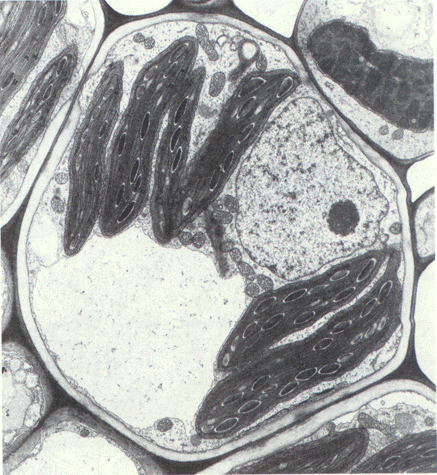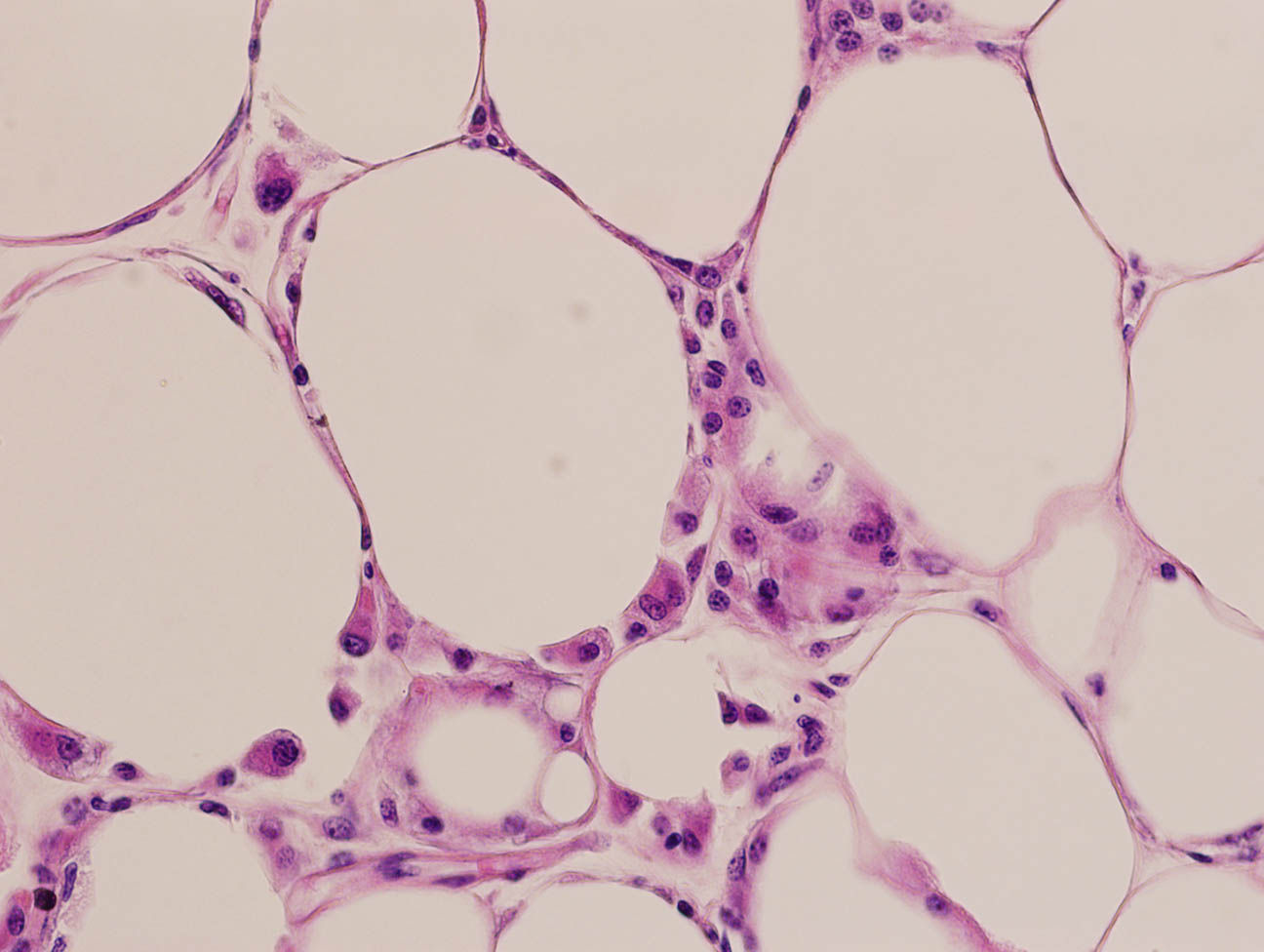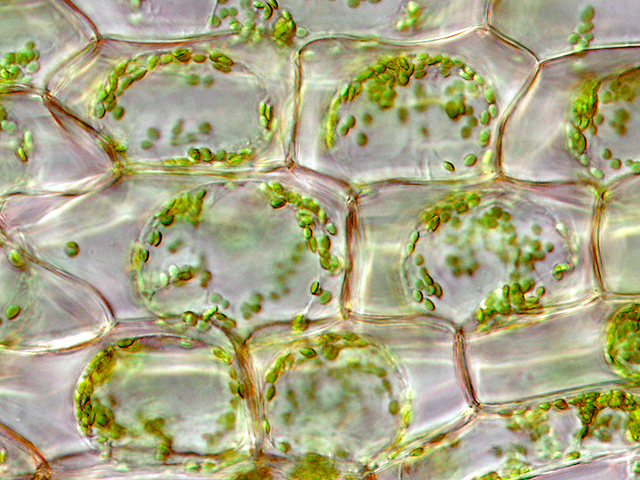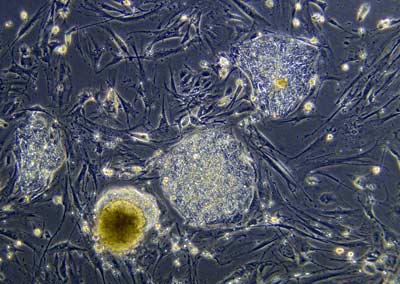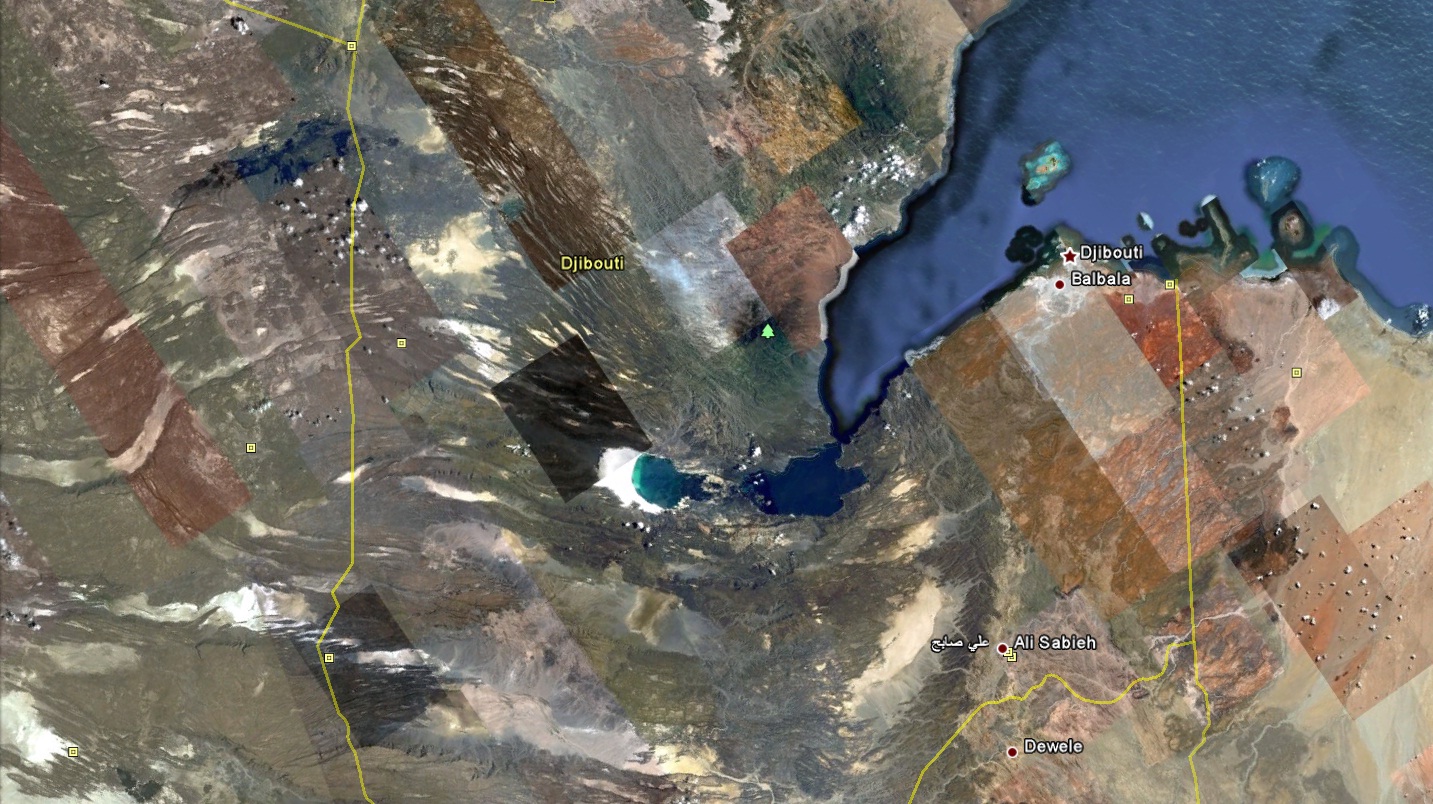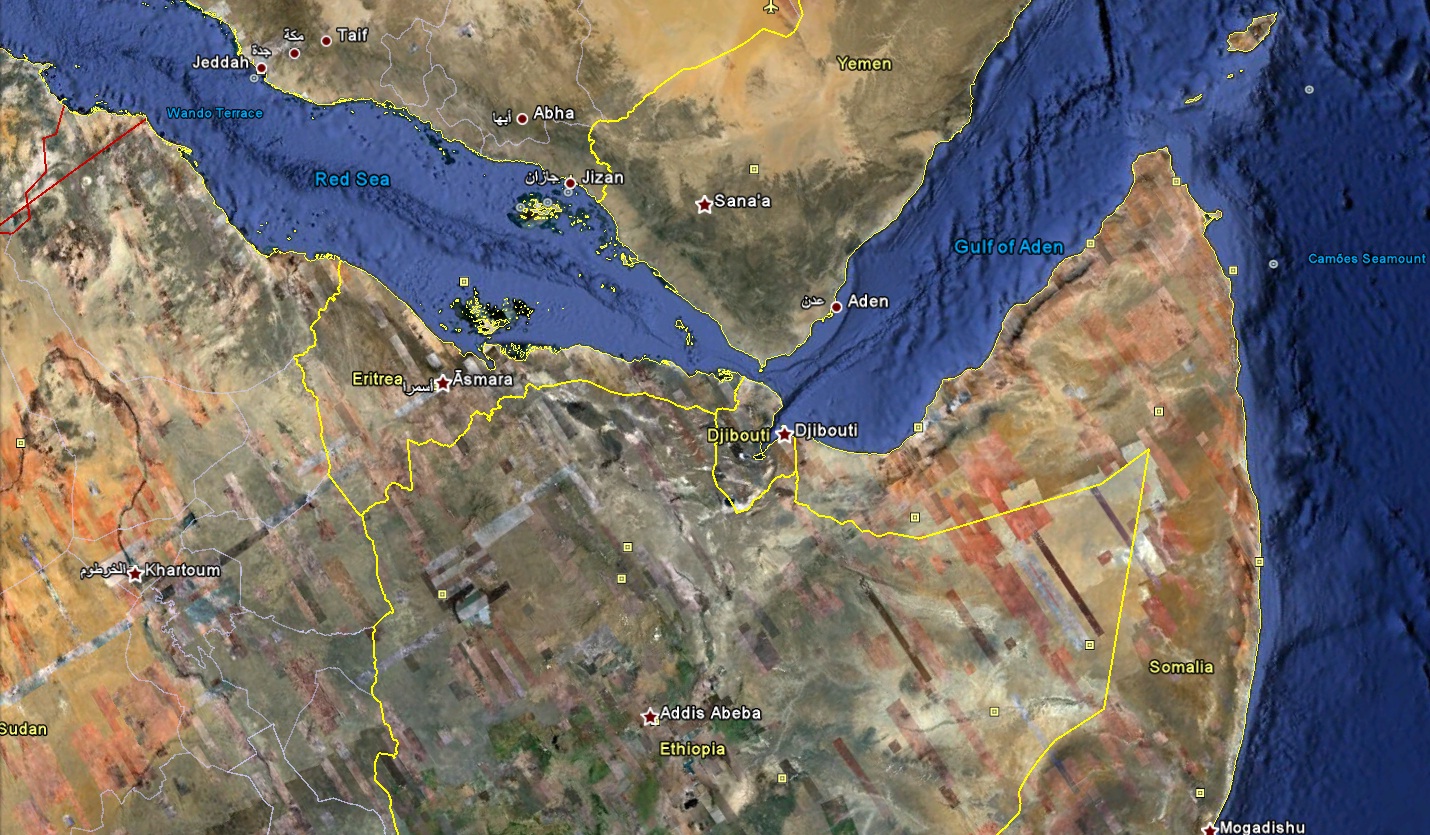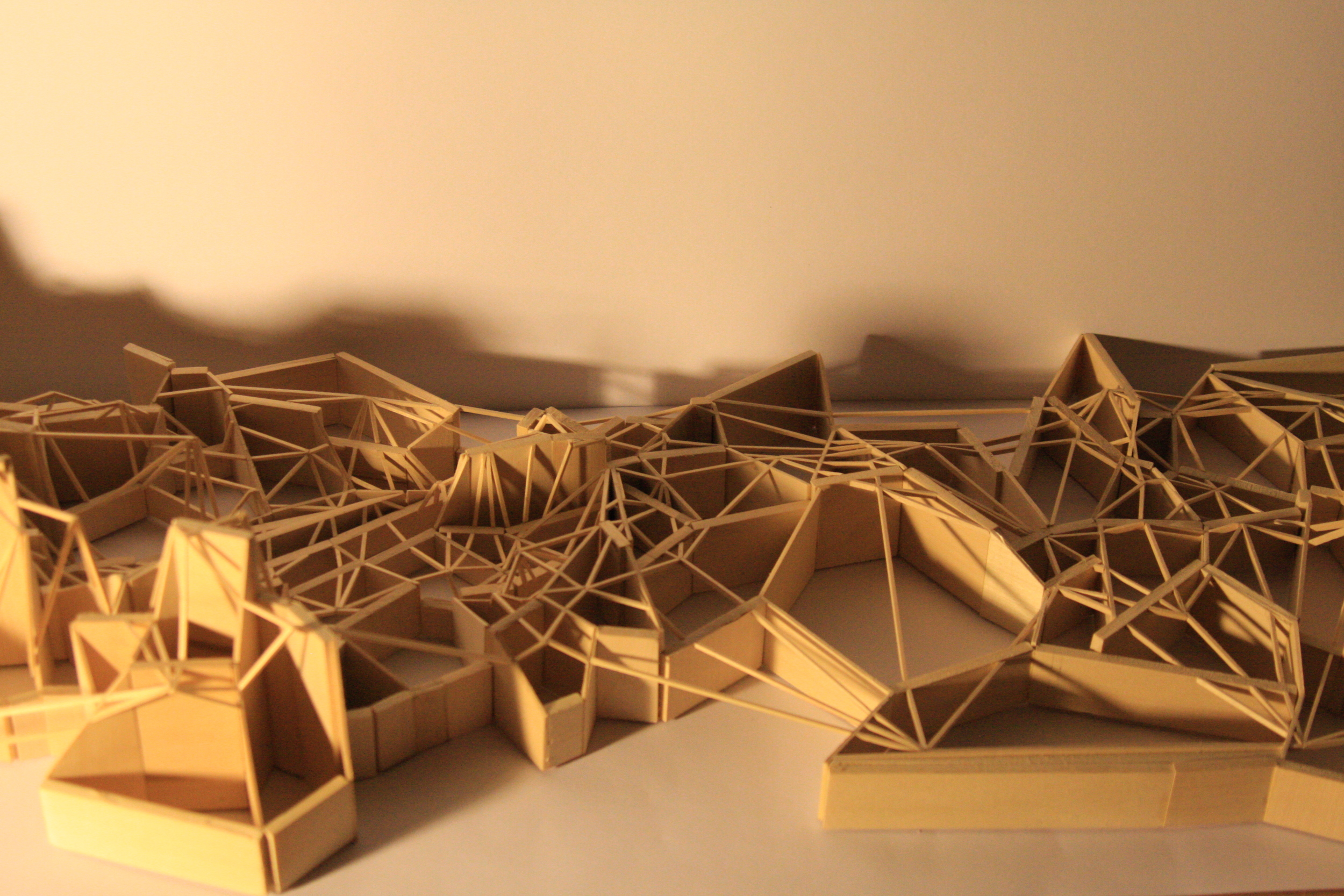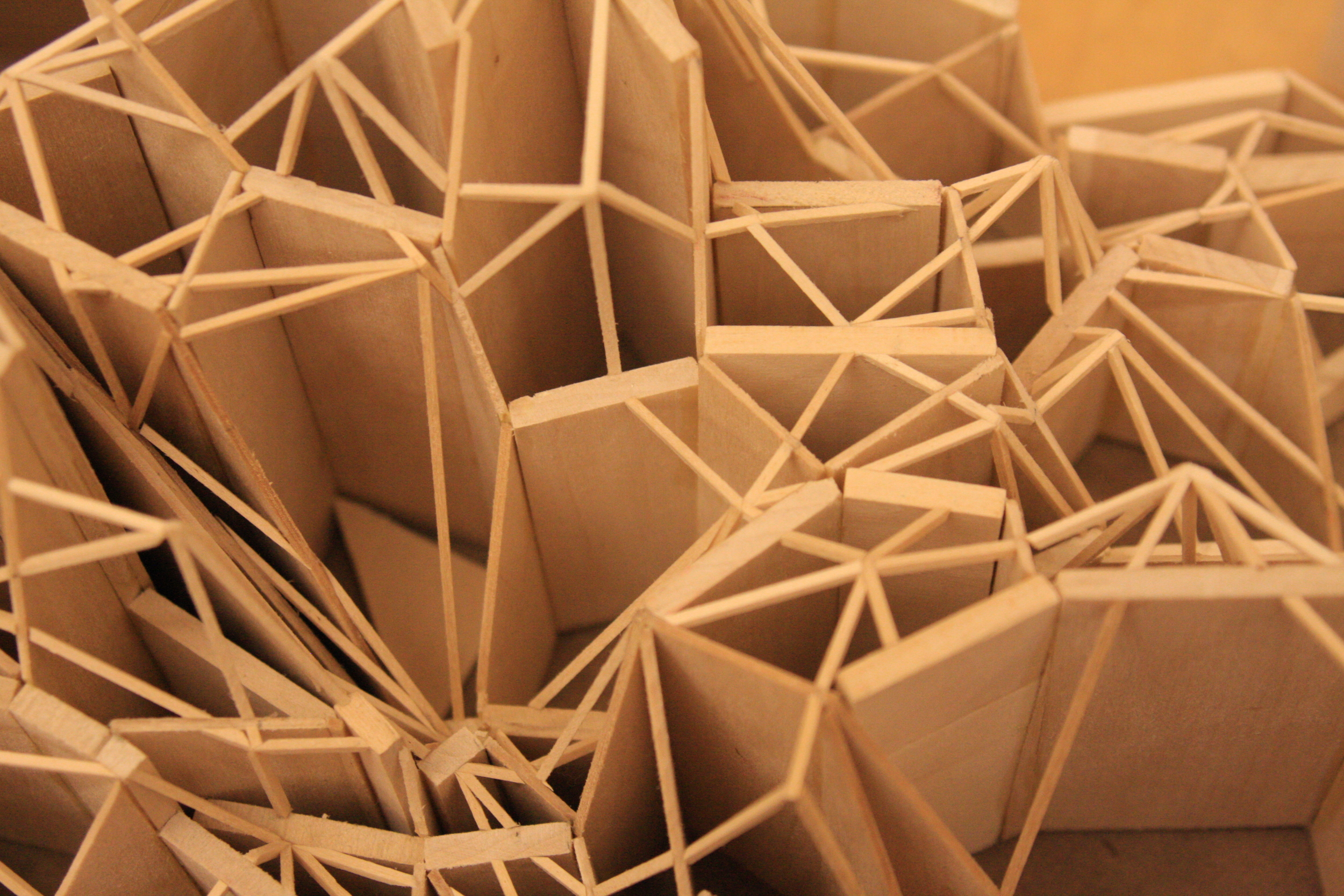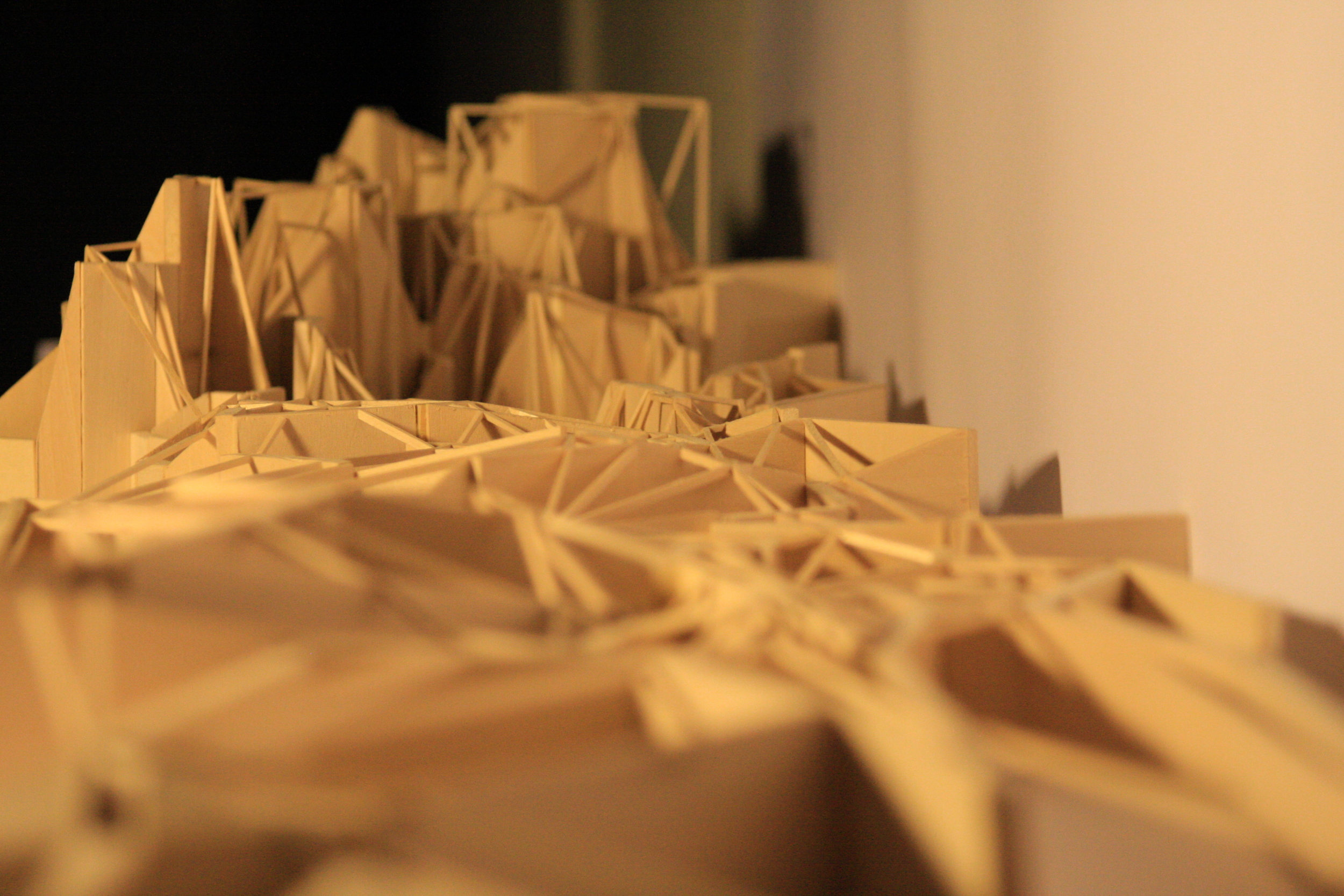Opportunistic Occupancy
Voronoi study of the Ethiopian landscape
Ranging from the horn of Africa [Somalia] to Tanzania, the East African Rift is the only location on Earth where an undersea rift is visible on dry land.
As the Rift splits east Africa, underground seismic and volcanic activity keeps a constant creation of new land.
I wanted to further investigate the “growing” qualities of earth working as an organism rather than looking specifically at a fault. I wanted to explore this inanimate object’s ability to divide and conquer.
Centered around the Voronoi, my study treats the Djiboutian landscape as multiplying cells. Early study models involving the study dealt with extruding the cells and playing with the negative and positive space.
After developing a rule for producing the cells of the landscape, I was able to create slopes instead of simple verticals rising perpendicular to the ground. The rule states that only the top sides of every cell are accentuated with thick members to empahasis the fault line while side pieces simply connect one height to another, creating slope.
A surface skeleton is then created using the Delaunay triangles found earlier in the Voronoi study process. This skeleton demonstrates movement through space [the cells] and time.
